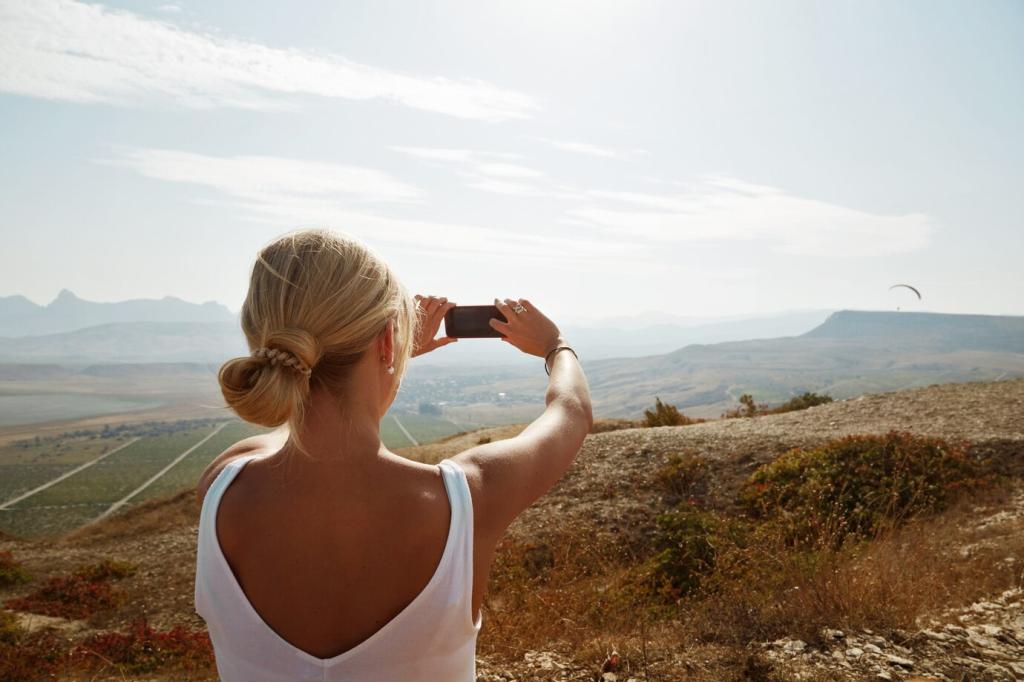
Green Transportation for Mountain Trail Access: A Cleaner Path to the Peaks
Chosen Theme: Green Transportation for Mountain Trail Access. Join us as we reimagine how hikers, families, and explorers reach trailheads—cutting emissions, easing congestion, and protecting the wild places we love.
Idling cars at sunrise, long queues at dusty parking lots, and cold starts in alpine valleys combine into a concentrated plume of emissions. Green transportation shrinks this footprint, preserving clean air where we come to breathe.
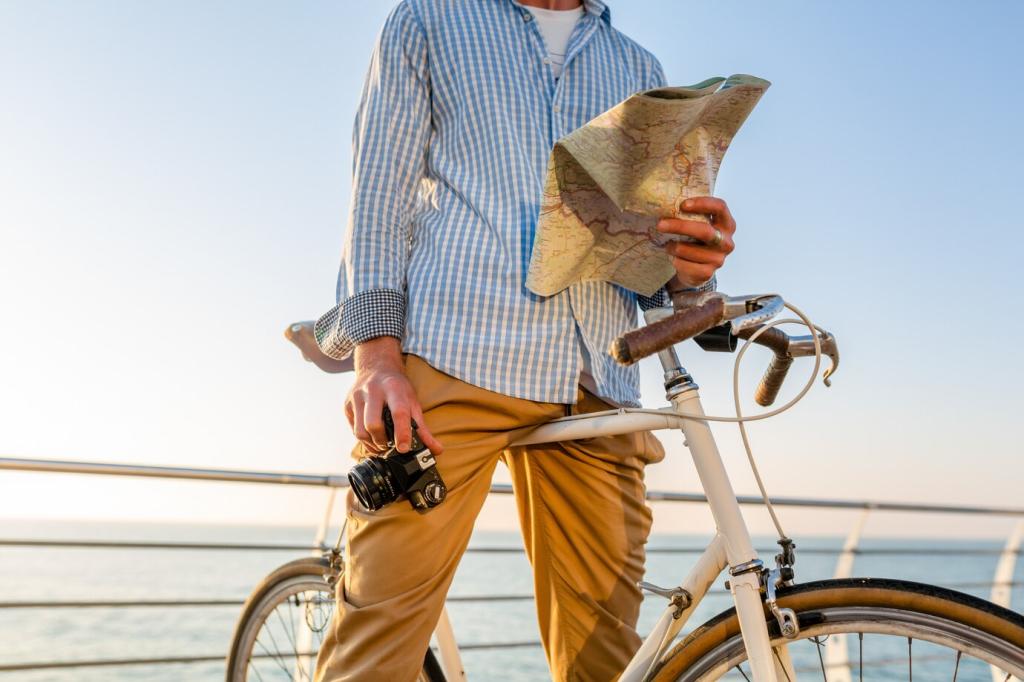
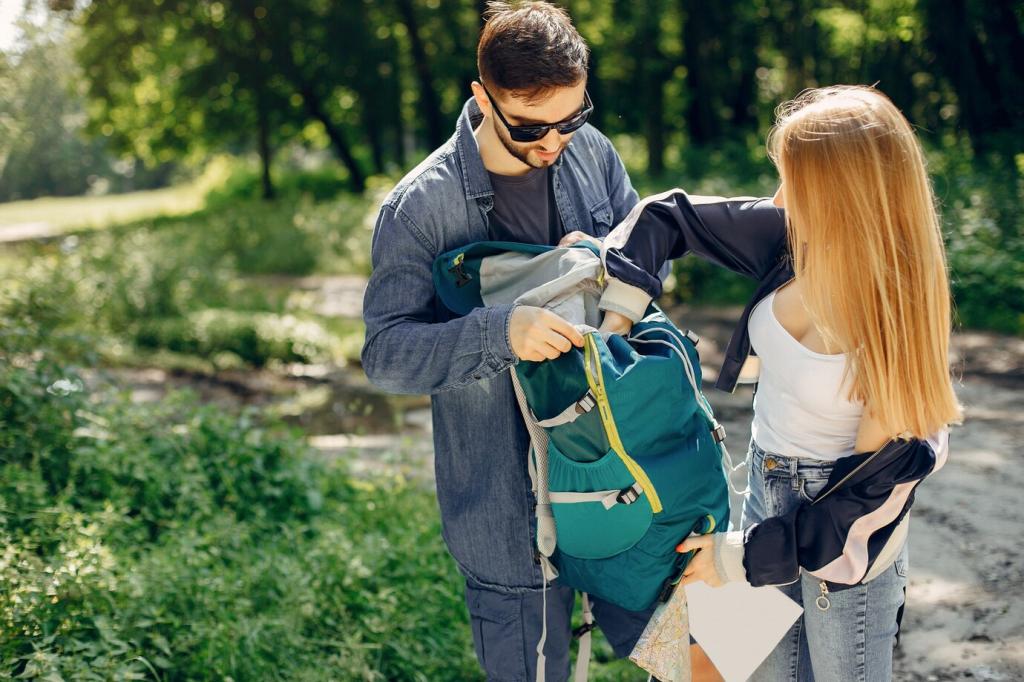
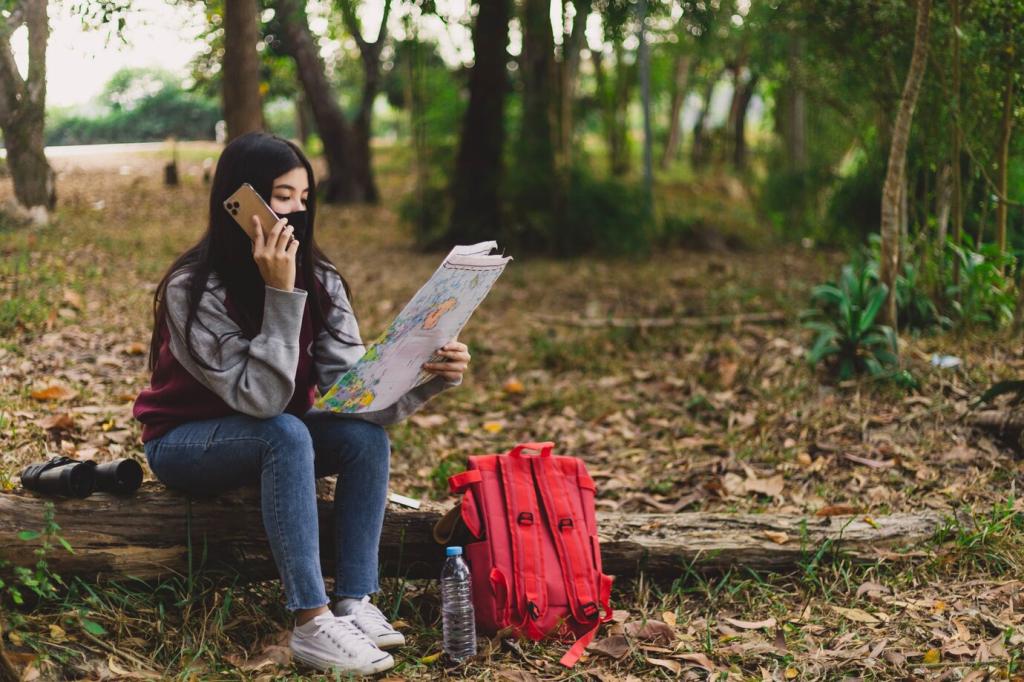
Modes That Work in the Mountains
Quiet, reliable e-buses connect town centers to trailheads with predictable schedules. Regenerative braking shines on mountain descents, while onboard racks carry trekking poles, strollers, and even foldable e-bikes for the last stretch.
Modes That Work in the Mountains
Pedal-assist opens moderate climbs to more people without overwhelming lungs or knees. Cargo e-bikes haul picnic gear, kids’ packs, and even trail stewardship tools, turning errands and adventures into the same joyful ride.
Designing Great Trailhead Mobility Hubs
Solar canopies shelter riders and charge shuttles and bikes. Battery storage time-shifts sunshine into evening departures, while smart chargers prioritize vehicles needed soonest, keeping operations nimble during weather swings.
Designing Great Trailhead Mobility Hubs
Clear maps, color-coded trail lines, and ground markings guide visitors effortlessly from shuttle drop-offs to trailheads. Micro-mobility staging keeps pathways open, reducing confusion and first-step anxiety for new hikers.


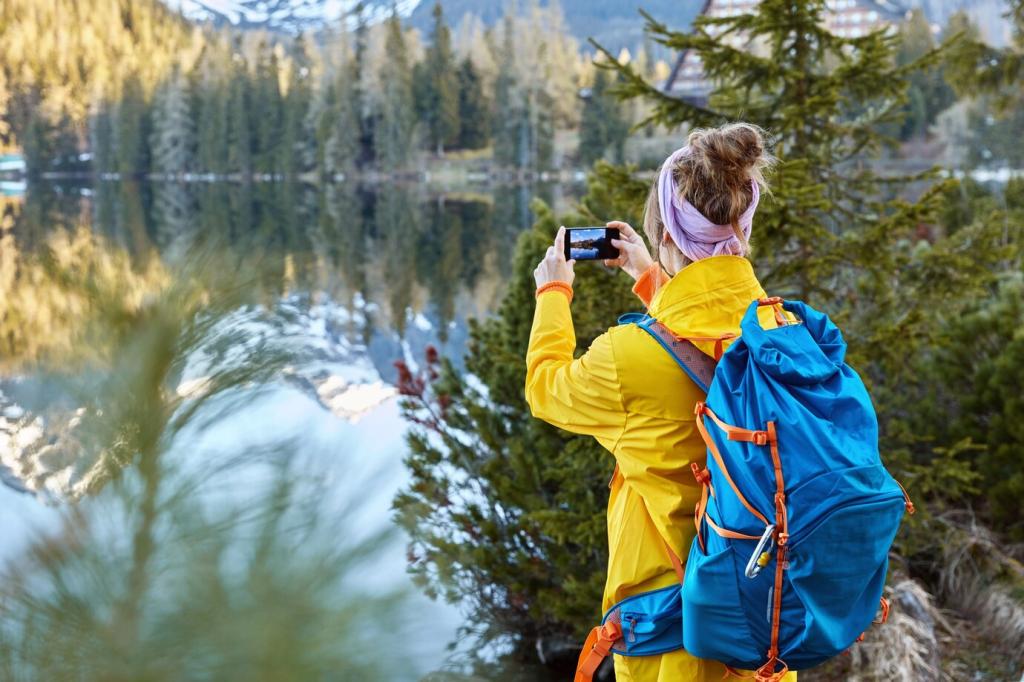
Stories from the Switchbacks
In a glacier-carved valley, a tiny fleet replaced parking chaos. Within a season, rangers reported fewer rescue calls from road shoulders, while riders shared trail tips over windows framing glowing alpenglow.
Stories from the Switchbacks
Local volunteers mapped a safe e-bike route from bakery to trailhead, adding waypoints for water and shade. Saturday crowds now flow like a friendly river instead of a logjam of honking, overheated cars.
Seasonal Strategies and Safety
Thermal management keeps batteries cozy, while snow-ready tires and traction controls hug icy switchbacks. Riders appreciate heated shelters, real-time updates, and drivers trained for alpine microclimates and sudden whiteouts.
Seasonal Strategies and Safety
Timed shuttle reservations smooth peaks, reducing rushes that overwhelm trailheads. Extra bike capacity and early-bird runs spread visitors across the day, protecting fragile meadows from trampling and tempers from flaring.


How You Can Help Right Now
Try a Car-Free Trail Day
Pick one hike this month using shuttles or e-bikes. Share your route, timing, and tips in the comments so newcomers feel confident and inspired to follow your lead.
Join Local Planning Conversations
Public meetings and surveys shape routes and funding. Show up. Ask for safe bike links, solar canopies, and accessible design. Your lived experience makes proposals real instead of theoretical.
Subscribe and Share Field Data
Subscribe to our newsletter for guides, pilot calls, and mapping tools. Log shuttle wait times, parking counts, and trailhead crowds to help communities tune schedules and invest wisely.
Looking Ahead: Innovations on the Horizon
Fuel-cell shuttles promise quick refueling and strong cold-weather performance on longer mountain loops. Paired with green hydrogen, they extend clean access far beyond today’s battery range limits.

Looking Ahead: Innovations on the Horizon
Mobility hubs can feed energy back to the grid on hot afternoons, then recharge overnight. This resilience keeps trails accessible during outages while lowering lifetime operating costs responsibly.
